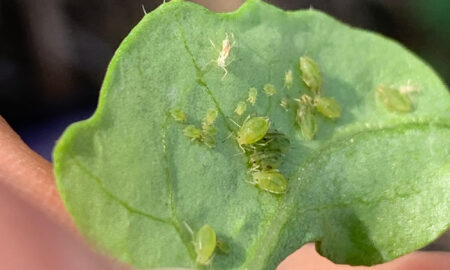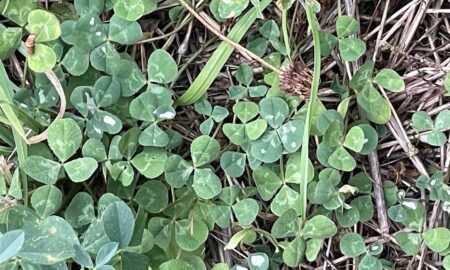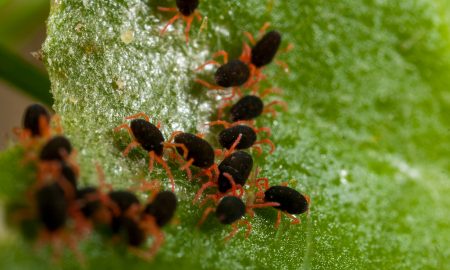You may have heard that the American serpentine leafminer has recently been discovered in north-western Australia, the Torres Strait and the tip of Cape York. If this sounds familiar, it’s because we saw the introduction of the closely related serpentine leafminer in Sydney late last year.
While they have slightly different biologies, both these pests have the potential to have significant economic impact on certain crops.
In this article we will cover what is known about leafminer pests in Australia and the potential for American serpentine leafminer to impact the Australian grains industry.
The detection of American serpentine leafminer in Australia
The American serpentine leafminer (Liriomyza trifolii) is a small fly with a large host range. It is known to feed on more than 400 plant species including bean, celery, chrysanthemum, capsicum, cucumber, gerbera, gypsophila, lettuce, melon, onion, potato, tomato, peanuts, soybean, lentil, lupin, faba bean, field pea and chickpea.
Adult American serpentine leafminers are very small, black and yellow flies that are difficult to see by eye.
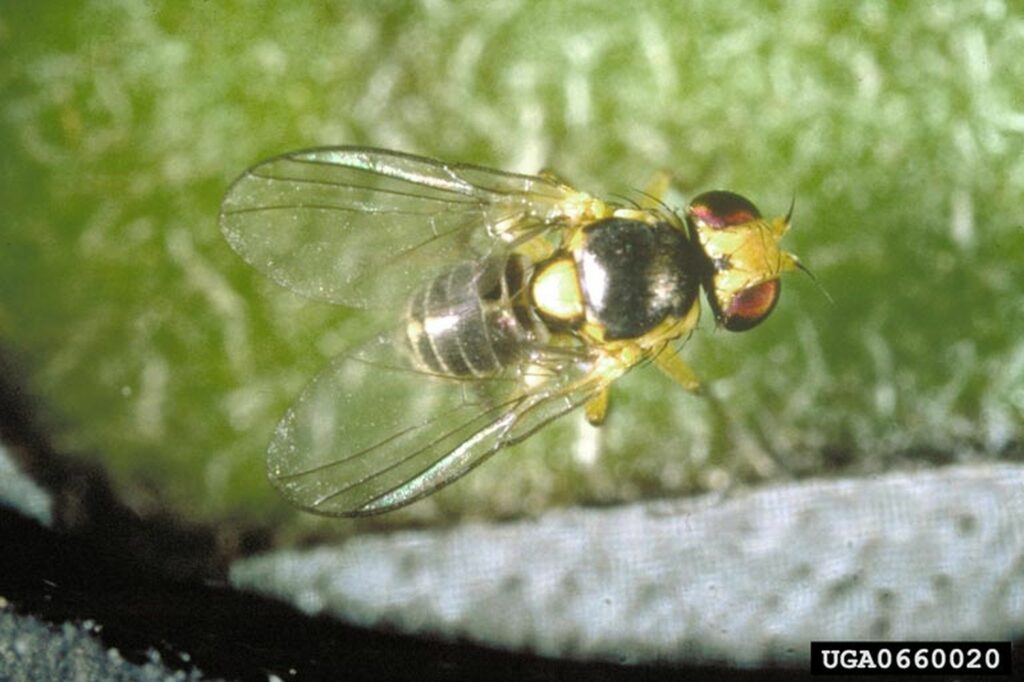
The first detection of American serpentine leafminer in Australia has been confirmed by the Department of Primary Industries and Regional Development (DPIRD) in a sample collected from near Kununurra in Western Australia in March 2021. The fly was found subsequently on Thursday Island in the Torres Strait in May 2021, and near Bamaga in far north Queensland in July 2021.
The American serpentine leafminer is currently listed as a National Priority Plant Pest. Although eradication is probably not feasible, there are likely to be ways that the spread can be limited. An assessment of how to proceed with ongoing management is currently being made. American serpentine leafminer is currently under regional official control in Queensland and Western Australia.
For more detail, see the International Plant Protection Convention pest report on the American serpentine leafminer in Australia.
Other leafminers in Australia
There are a number of leafminer species which have been present in Australia for quite some time, but unlike the American serpentine leafminer, none have shown themselves to cause significant economic damage to grain crops and pastures.
Species which are occasional pests in grain crops in Australia include the cabbage leafminer (Liriomyza brassicae) which can affect canola, Cerodontha milleri which can attack grasses and occasionally wheat or barley, and the rice leafminer (Hydrellia spp.) which can occasionally be found in rice.
In recent years, two more damaging exotic leafminer species, which have been spreading across the globe for decades, have reached Australia. The vegetable leafminer (Liriomyza sativae) reached the northern tip of Queensland in 2015 and has since been restricted to a quarantine zone.
The serpentine leafminer (Liriomyza huidobrensis) was detected infesting field vegetables in western Sydney in October 2020. This species is now considered established in New South Wales and Queensland and is the focus of Hort Innovation research to establish management plans.
More information on the serpentine leafminer can be found in our previous PestFacts article.
Potential impact of American serpentine leafminer to the grains industry
The American serpentine leafminer is known for its large host range, but this doesn’t necessarily mean that it will cause economic damage to grain crops.
Host profiles from research overseas show that American serpentine leafminer has a preference for horticultural crops such as lettuce, celery, cucumber, melons, onion, potato, tomato, eggplant, legume vegetables, as well as ornamental species such as chrysanthemum.
Several pulse crops such as mung beans, soybeans, cowpeas, faba beans and chickpea are known to be attacked, as well as lucerne, white clover and cotton. However, the economic damage to broadacre crops is unlikely to be as significant as it will be to vegetable crops because of the type of feeding damage.
Leafminer larvae cause damage by feeding under the surface of leaves, and tunnelling (mining) within the leaf tissue. In broadacre grain crops, mining activity is most likely to damage leaves and reduce photosynthesis, leading to restricted leaf growth and leaf death or premature leaf drop, rather than causing direct damage to the flower or seed.
However, female flies can also cause damage through puncture wounds (from feeding and egg laying) which weaken the plant and make them more susceptible to infections from bacteria and viruses.
Predicting the range of American serpentine leafminer
Some recent modelling work by Dr James Maino from Cesar Australia found that the American serpentine leafminer is most likely to establish along the northern, eastern, southern and southwestern coastline of Australia and Tasmania.
Incursion and establishment into southern Australia will be limited because this pest will probably be unable to survive or undertake its whole breeding cycle in cold temperatures.
The lower survivability in colder conditions also indicates that the American serpentine leafminer will have a low impact on winter grains crops in south-eastern Australia.
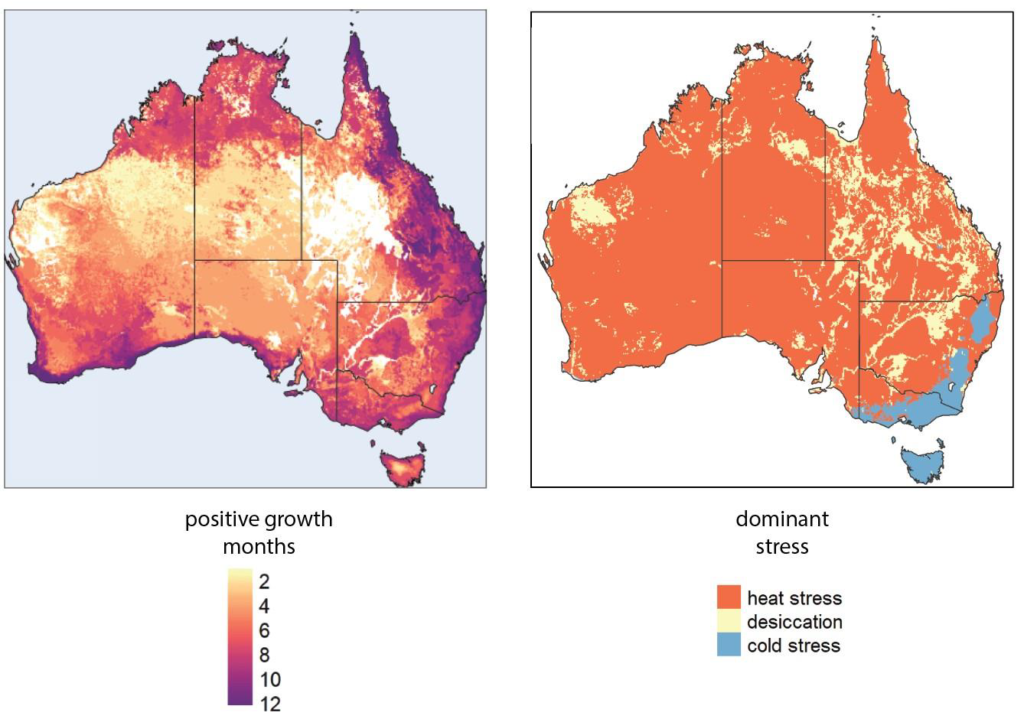
The figure on the left shows the number of months across the year where the American serpentine leafminer will be able to increase in population size (based on temperature and moisture constraints). The figure on the right shows the areas where it is predicted that environmental conditions will cause mortality. Source: Burgess et al. (2020).
Current leafminer management recommendations
All leafminer management relies strongly on protection and promotion of parasitoid wasps. Circumstances where leafminers have been found to reach damaging numbers are almost always in areas where extensive insecticide use has reduced natural enemy populations.
Luckily, Australia has at least 50 species of parasitoid wasps that attack a wide range of naturalised and native leafminer flies. Of these, some species including Hemiptarsenus varicornis, Diglyphus isaea and Opius spp., are known to be particularly important for exotic leafminer management overseas.
Cultural control methods also play an important role in leafminer management, including removal of alternative hosts (often weeds) from production areas.
More information on leafminer management can be found in this Management guide, which although developed for vegetable and nursery crops, is highly relevant to other industries such as grains.
Leafminer biosecurity
Although the American serpentine leafminer is not yet present in Victoria or NSW it always pays to be aware of potential pathways of entry and signs of its presence.
The main way this pest is introduced is through movement of eggs and larvae on live plant material and cut flowers. Pupae may spread with soil. Adults can disperse short distances by wind and can also be spread via human assisted movement (e.g. on aircraft and vehicles).
Since leafminer adults are small flies which are difficult to identify, and the larvae are rarely seen as they live inside leaves, the easiest way to monitor for this pest is to check for leafmining damage.
Damage caused by American serpentine leafminer is outwardly indistinguishable from damage caused by many native and exotic leafminers, so all leafminer symptoms should be investigated.
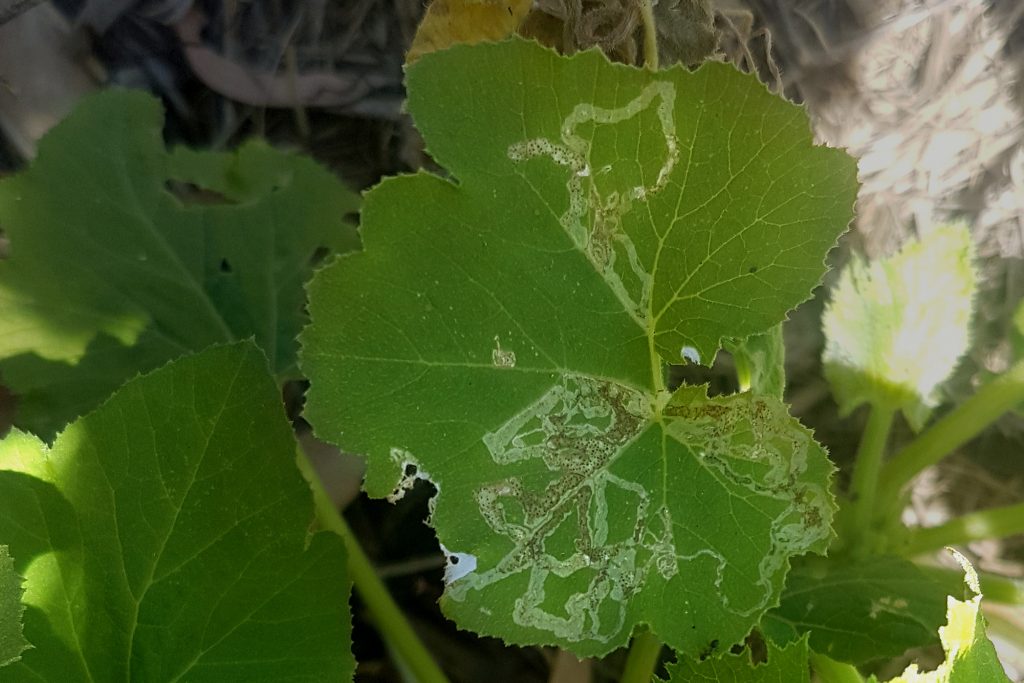
The American serpentine leaf miner is a National Priority Plant Pest, so if you suspect any signs of leafmining damage you can report by:
- Calling the Exotic Plant Pest Hotline 1800 084 881 (All states) or
- Completing an online form (NSW or Victoria) or
- Emailing a photo to biosecurity@dpi.nsw.gov.au (NSW)
Additional information
Plant Health Australia – Exotic leafminers in grains
Plant Health Australia – Liromyza trifolii contingency plan
AusVeg – How to spot an exotic leafminer
NSW DPI – Serpentine leafminer information webinar
Acknowledgements
Thank you to Elia Pirtle and Paul Umina (Cesar Australia) and Peter Ridland (University of Melbourne) for contributions to this article.
Cover image: Photo by Elia Pirtle, Cesar Australia


